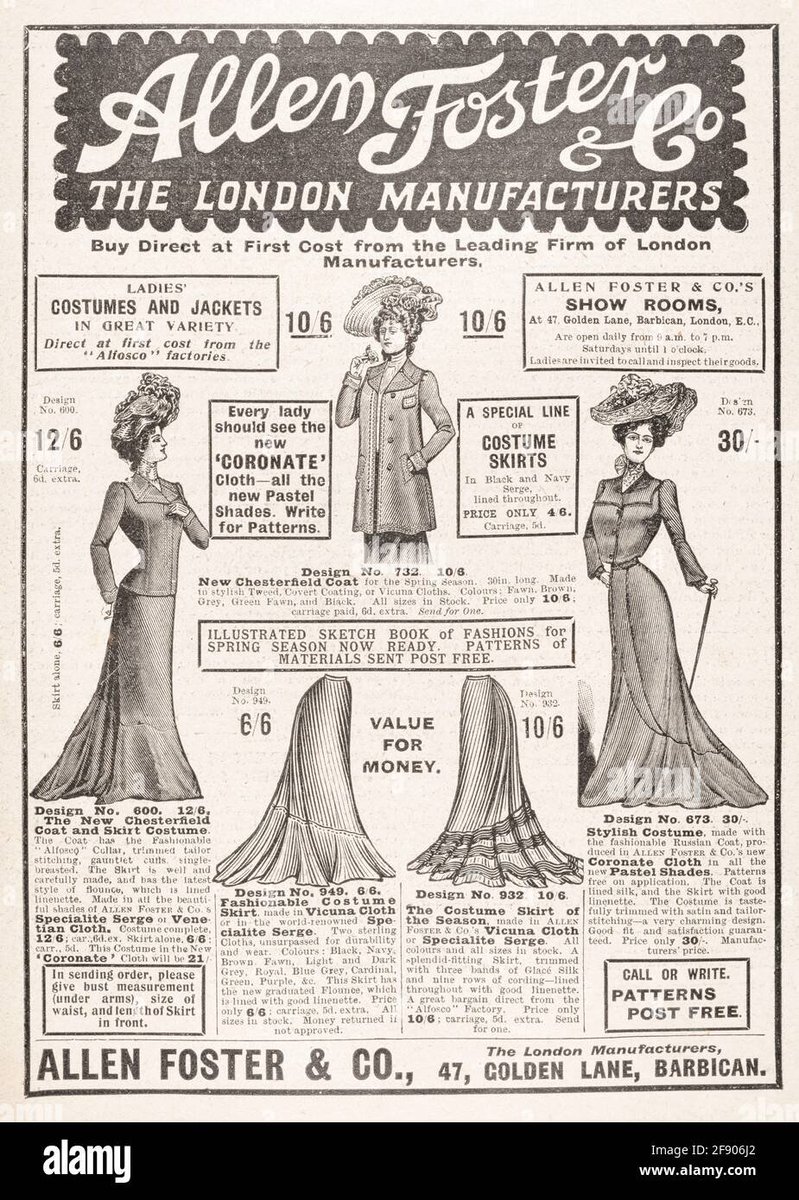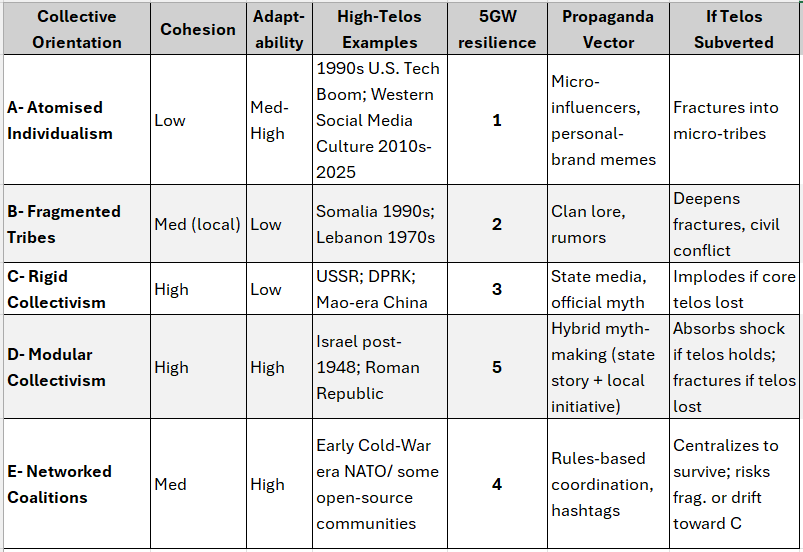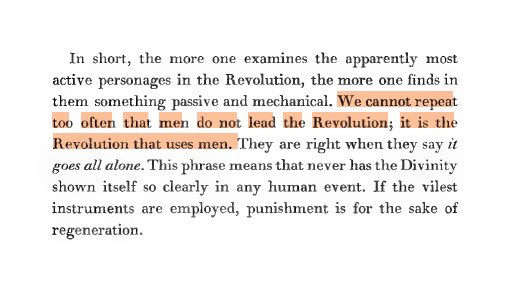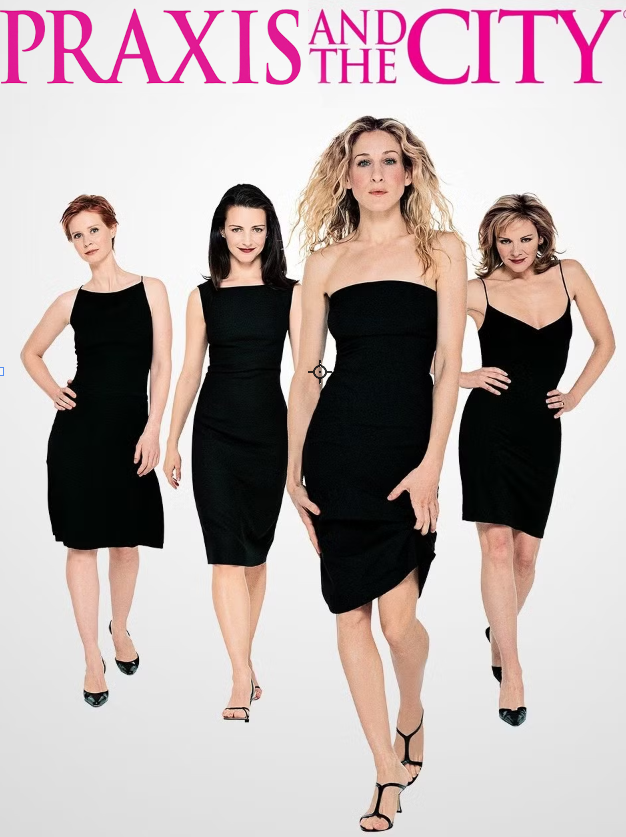🧵The real discussion online is not about facts. It's about controlling emotions & framing. Facts alone rarely change minds because people interpret them through lenses shaped by emotions, biases, & values. Framing builds & controls those lenses -which controls the conversation.
https://twitter.com/FedPoasting/status/1810392510277235013
So, what exactly is framing? At heart, it's a mental and communication trick where people, groups, or the media pick and choose how to package information. This influences how you perceive it, make sense of it, and react. In psychology, it's called the framing effect, a kind of bias where the way something's worded or presented, like focusing on the upside versus the downside, nudges your choices without altering the facts. It plays on quick brain shortcuts, making one side feel way more attractive. In broader fields like communication and social studies, framing builds whole stories by spotlighting some details, such as who caused a problem, the moral takeaway, or the fix, while shoving others into the shadows or cutting them out completely. Think of it like a picture frame: it highlights the main scene, draws your eye to certain colors, and crops out distractions, guiding your emotions and actions while setting boundaries on what's acceptable to talk about.
Think of this well-worn meme here. I'm sure you can come up with dozens of examples, like "mostly peaceful protests."
Think of this well-worn meme here. I'm sure you can come up with dozens of examples, like "mostly peaceful protests."

Take a simple policy example: the same tax cut could be pitched as relief for hardworking families, which sounds supportive and focuses on benefits, or as a handout to big corporations, which feels unfair and zeros in on the drawbacks. Suddenly, it goes from a win for the middle class to something shady, all based on the angle. And that angle can exclude whole parts of the debate, like ignoring long-term economic impacts if they don't fit the narrative.
Watch Frank Luntz control frame by renaming policies with different words below. The fact's didn't change, the framing did and the emotions those words created led to very different outcomes.
Watch Frank Luntz control frame by renaming policies with different words below. The fact's didn't change, the framing did and the emotions those words created led to very different outcomes.
People wield framing on purpose to persuade, to push and control people in ways facts just cannot. Politicians tweak issues to match what voters feel, like the examples from Luntz above. Marketers sell stuff by tapping into wants, such as advertising a pickup truck as your ticket to adventure and independence instead of droning on about engine specs.
Watch Bernays, in a classic example, convince women to smoke by tapping into feelings, not facts.
Watch Bernays, in a classic example, convince women to smoke by tapping into feelings, not facts.
Put simply, framing plays out in two key forms.
1) Mental frames are those inner shortcuts we all use to navigate a chaotic world, like quick maps that simplify complex stuff.
2) Communication frames are how we pass those maps along via words, pictures, or tales.
Both hinge on picking winners: you amp up a cause, a moral spin, or a solution, letting some ideas shine while others dim or vanish.
1) Mental frames are those inner shortcuts we all use to navigate a chaotic world, like quick maps that simplify complex stuff.
2) Communication frames are how we pass those maps along via words, pictures, or tales.
Both hinge on picking winners: you amp up a cause, a moral spin, or a solution, letting some ideas shine while others dim or vanish.
This concept has been around for several decades; it's largely rooted in fields like anthropology and sociology.
Quickly summarizing some of this background - back in the 1950s, some scholars talked about framing as drawing lines around messages, similar to how a joke's tone signals it's not for real.
By the 1970s, sociologists expanded it, describing frames as interpretation blueprints that help us tag events and decide how to act, shaped by culture and situations in daily life.
Later scholars fleshed it out. In the 1990s, one defined framing as cherry-picking reality's bits to push particular views on problems, blame, judgments, and remedies. Another split it into episodic frames, zeroing in on isolated incidents and often pinning fault on people, versus thematic frames that zoom out to big-picture systems. Another, a linguist tied it to politics, stressing that raw facts flop without a frame, and suggested wrapping them in the other side's values to make them stick.
Quickly summarizing some of this background - back in the 1950s, some scholars talked about framing as drawing lines around messages, similar to how a joke's tone signals it's not for real.
By the 1970s, sociologists expanded it, describing frames as interpretation blueprints that help us tag events and decide how to act, shaped by culture and situations in daily life.
Later scholars fleshed it out. In the 1990s, one defined framing as cherry-picking reality's bits to push particular views on problems, blame, judgments, and remedies. Another split it into episodic frames, zeroing in on isolated incidents and often pinning fault on people, versus thematic frames that zoom out to big-picture systems. Another, a linguist tied it to politics, stressing that raw facts flop without a frame, and suggested wrapping them in the other side's values to make them stick.
So why does framing work so well?
Some good explanations are how people go on "gut feelings" and another is how people filter through in-group (think tribal) biases.
Brains crave efficiency, and we use heuristics to dodge info overload, and framing hijacks those, where the wrapper matters more than the contents.
It strikes emotions before logic kicks in, with that split-second gut reaction calling the shots. This ties into motivated reasoning, where we cherry-pick facts that protect our self-image, security, or in-group loyalty. Framing syncs up with those core drivers, making notions feel right and reassuring.
Some good explanations are how people go on "gut feelings" and another is how people filter through in-group (think tribal) biases.
Brains crave efficiency, and we use heuristics to dodge info overload, and framing hijacks those, where the wrapper matters more than the contents.
It strikes emotions before logic kicks in, with that split-second gut reaction calling the shots. This ties into motivated reasoning, where we cherry-pick facts that protect our self-image, security, or in-group loyalty. Framing syncs up with those core drivers, making notions feel right and reassuring.
Advertising flipped the script on this big time. Early Madison Avenue spots were wall-o-text facts. Look below at this clothing advert. Contrast this with the example from Bernays above with "torches of freedom."
Today, this emotional framing plays out more boldly, like Sydney Sweeney's recent American Eagle jeans campaign. There's no discussion on the quality of the fabric. She's in it with a tight top and an iconic Mustang. The ad is the feeling of sex appeal and desirability, sparking all sorts of internet chatter, which boosts visibility and sales. All of that is done on purpose. All of the conversations of "lol woke is dead, now boobz" was deliberate. This emotional hook would not work with a bunch of boring details like fabric composition. Instead it focuses on aspiration and attraction. This is how framing turns ordinary products into must-haves tied to your identity or fantasies.

Today, this emotional framing plays out more boldly, like Sydney Sweeney's recent American Eagle jeans campaign. There's no discussion on the quality of the fabric. She's in it with a tight top and an iconic Mustang. The ad is the feeling of sex appeal and desirability, sparking all sorts of internet chatter, which boosts visibility and sales. All of that is done on purpose. All of the conversations of "lol woke is dead, now boobz" was deliberate. This emotional hook would not work with a bunch of boring details like fabric composition. Instead it focuses on aspiration and attraction. This is how framing turns ordinary products into must-haves tied to your identity or fantasies.


Recognizing framing is the goal; mastering it, on occasion, is a stretch goal.
Notice how fact-slugging matches go nowhere. You can argue with someone for hours online and their position actually hardens. People cling to frames woven into their sense of self.
Notice this dynamic and do not be manipulated by it. Framing is the actual discussion online. It is the unseen backbone of discourse, controlling what we talk and think about, and what we do not discuss. Get a handle on it, and you'll see past the surface noise in online debates, spotting the real game of emotions, exclusions, and influence.
Notice how fact-slugging matches go nowhere. You can argue with someone for hours online and their position actually hardens. People cling to frames woven into their sense of self.
Notice this dynamic and do not be manipulated by it. Framing is the actual discussion online. It is the unseen backbone of discourse, controlling what we talk and think about, and what we do not discuss. Get a handle on it, and you'll see past the surface noise in online debates, spotting the real game of emotions, exclusions, and influence.
• • •
Missing some Tweet in this thread? You can try to
force a refresh








